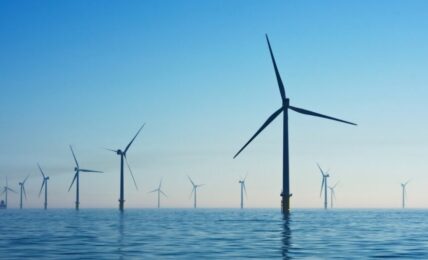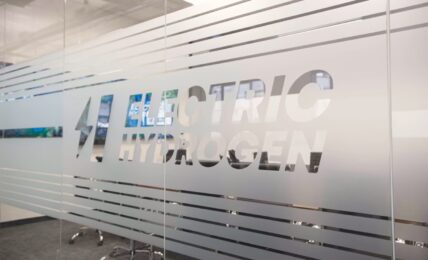No new fossil fuel projects starting now; end of internal combustion engine vehicle sales by 2035
The International Energy Agency (IEA) announced the release today of a new report, Net Zero by 2050: a Roadmap for the Global Energy Sector. Developed at the request of the COP26 Presidency, the report outlines the pathway to achieve net zero emissions globally by 2050, in line with the international effort to limit the global temperature rise to 1.5 °C.
COP26 President-Designate Alok Sharma said:
“I welcome this report, which sets out a clear roadmap to net-zero emissions and shares many of the priorities we have set as the incoming COP Presidency – that we must act now to scale up clean technologies in all sectors and phase out both coal power and polluting vehicles in the coming decade. I am encouraged that it underlines the great value of international collaboration, without which the transition to global net zero could be delayed by decades. Our first goal for the UK as COP26 Presidency is to put the world on a path to driving down emissions, until they reach net zero by the middle of this century.”
According to the IEA report, a viable net zero pathway exists, but would require a massive global mobilization including trillions of dollars in investment in clean energy development and deployment. The roadmap requires an immediate end in investment in new fossil fuel supply projects, no further final investment decisions for new unabated coal plants, and no sales of new internal combustion engine passenger cars by 2035. The roadmap envisions the global electricity sector reaching net-zero emissions by 2040. Overall, the Roadmap sets out more than 400 milestones to guide the global journey to net zero by 2050.
The level of investment required to achieve the goals outlined in the IEA report are massive.
While a recent IEA report revealed that renewable energy development has reached record levels, the new report indicates that to achieve the 1.5 degree goal, clean energy investment levels need to be substantially higher still.
Under the IEA’s net zero vision, total annual investment would need to surge to nearly $5 trillion by 2030. By 2050, the roadmap would see nearly 90% of global electricity generation derived from renewable sources, compared to today’s structure with fossil fuels accounting for nearly 80% of energy supply.
Fatih Birol, IEA Executive Director, said:
“The scale and speed of the efforts demanded by this critical and formidable goal – our best chance of tackling climate change and limiting global warming to 1.5 °C – make this perhaps the greatest challenge humankind has ever faced. The IEA’s pathway to this brighter future brings a historic surge in clean energy investment that creates millions of new jobs and lifts global economic growth. Moving the world onto that pathway requires strong and credible policy actions from governments, underpinned by much greater international cooperation.”
Over the next few years, the report calls for major increases in renewable energy deployment. The pathway calls for annual additions of solar PV to reach 630 gigawatts (GW) by 2030, and those of wind power to reach 390 GW. By comparison, 2020 renewable energy capacity additions reached 280 GW, a 45% increase over 2019.
The report also aims to set out key policy recommendations for governments to act upon in the near-term, and a long-term agenda for change to achieve net-zero goals, including with a view to reaching other Sustainable Development Goals.
Birol added:
“The pathway laid out in our Roadmap is global in scope, but each country will need to design its own strategy, taking into account its own specific circumstances. Plans need to reflect countries’ differing stages of economic development: in our pathway, advanced economies reach net zero before developing economies. The IEA stands ready to support governments in preparing their own national and regional roadmaps, to provide guidance and assistance in implementing them, and to promote international cooperation on accelerating the energy transition worldwide.”
Click here for the IEA report.
The post IEA: Energy Investment Surge to Nearly $5 Trillion Needed to Reach Net Zero by 2050 appeared first on ESG Today.



